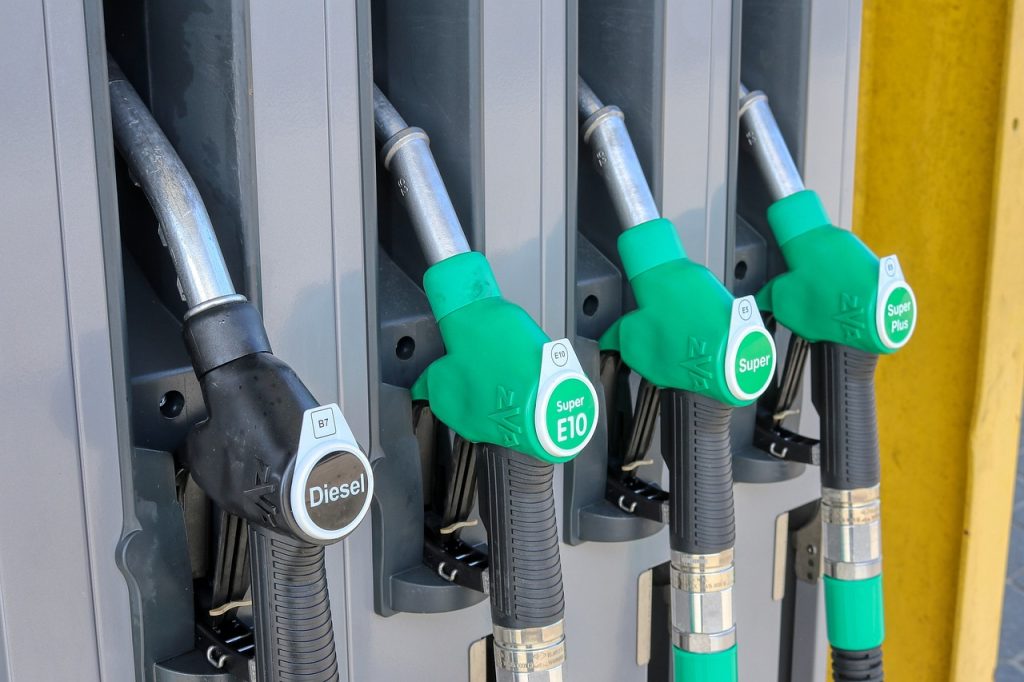How easy is it to replace a fuel pump? You may be surprised to learn how complicated this task is. After all, the fuel pump is securely tucked away inside the vehicle. Besides carefully disconnecting the pump itself, replacing the pump also requires disconnecting fuel lines. If you’re up for the task, keep reading to learn more about fuel pump replacement. But even if you’re not, this helpful guide describes the steps involved. You can also purchase a pump separately and work with a trusted mechanic to get the job done.
Consider Your Skill Level
Replacing a fuel pump is a complex undertaking. It’s not a simple affair like replacing a gas cap. The process involves accessing the old fuel pump and disconnecting the fuel lines. People with intermediate-level auto repair experience can complete this job at home. If you’re not comfortable performing such an intricate project at home, you may want to leave this one to the professionals. If you decide to go for it, be sure to observe some safety precautions:
- Work in a well-ventilated area.
- Wear safety goggles, gloves, and other protective clothing.
- Disconnect your vehicle’s battery.
- Drain the fuel lines completely.
- Wipe up any fuel spills immediately, including on engine surfaces.
You may also find it helpful to wrap shop towels around fuel line fittings before disconnecting them. This helps absorb excess fuel to prevent leaks and spills.
For this project, you will need some critical tools and supplies. You should have your new fuel pump and a fuel pump replacement kit. Also, make sure you have a set of screwdrivers, a socket wrench, and a pair of pliers. Depending on your vehicle’s design, you may also need a fuel line disconnect tool.
Accessing the Fuel Pump
Locating the fuel pump is an important step in the replacement process. Most modern vehicles place it right inside the gas tank, but others have it placed under the back seat. Before you start, you’ll also want to relieve fuel system pressure. Once you’ve done that, you’re ready to proceed with the other steps in the process:
- Disconnecting the fuel lines
- Removing the fuel pump
- Installing the new fuel pump
- Reconnecting the fuel lines
Your final steps are testing the fuel pump and starting the engine. First, turn the ignition key without cranking the engine. Let the fuel pump run for a few seconds to prime it. If the fuel pump does not run, check the fuses and relays. Once you’ve confirmed the pump is working properly, start the engine and inspect around the pump for any leaks.
Where To Buy a Fuel Pump
You may also be surprised to learn how easy it is to find an affordable OEM or aftermarket fuel pump. You can usually purchase your new pump from the same trustworthy aftermarket auto parts dealer where you buy your engine air filter and replacement vehicle batteries. If you don’t have a preferred retailer yet, look for one with an extensive parts selection, helpful and knowledgeable staff, competitive prices, and useful options like in-store pickup or delivery.

